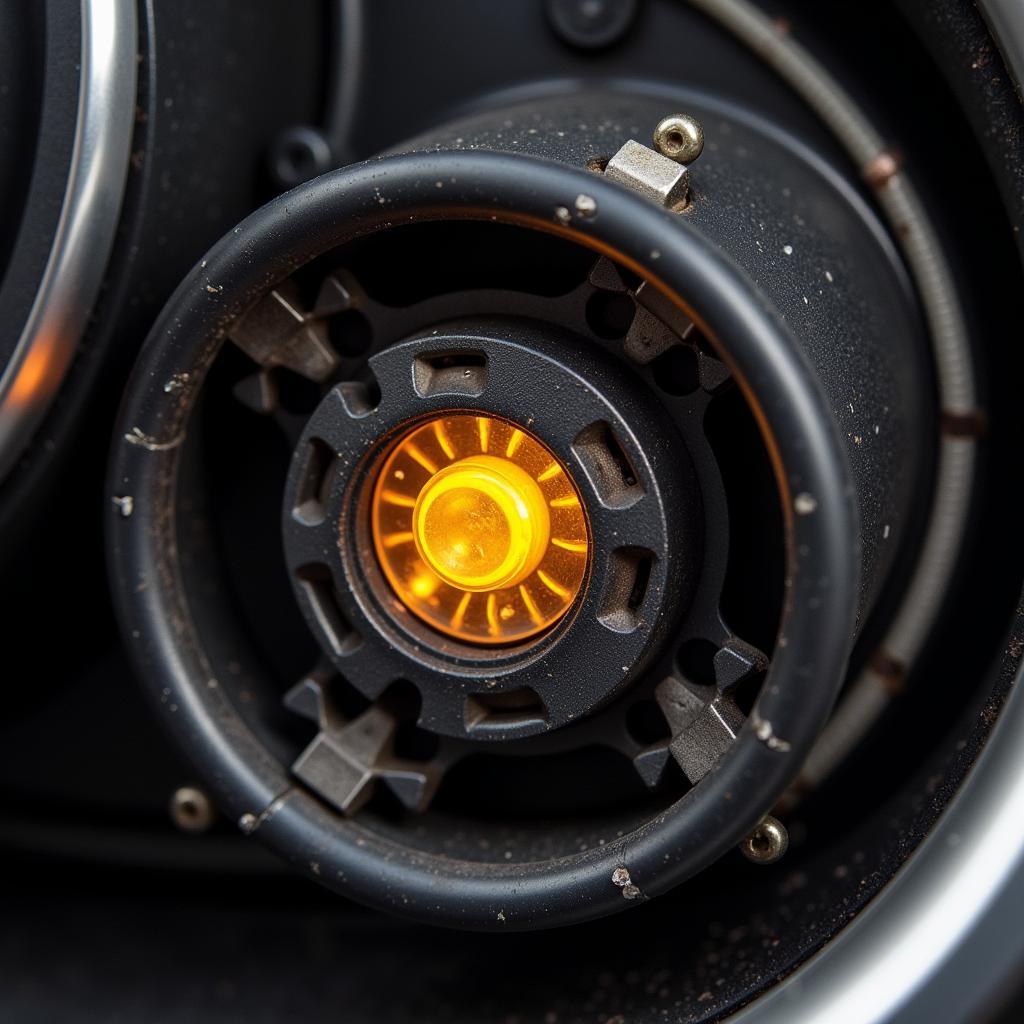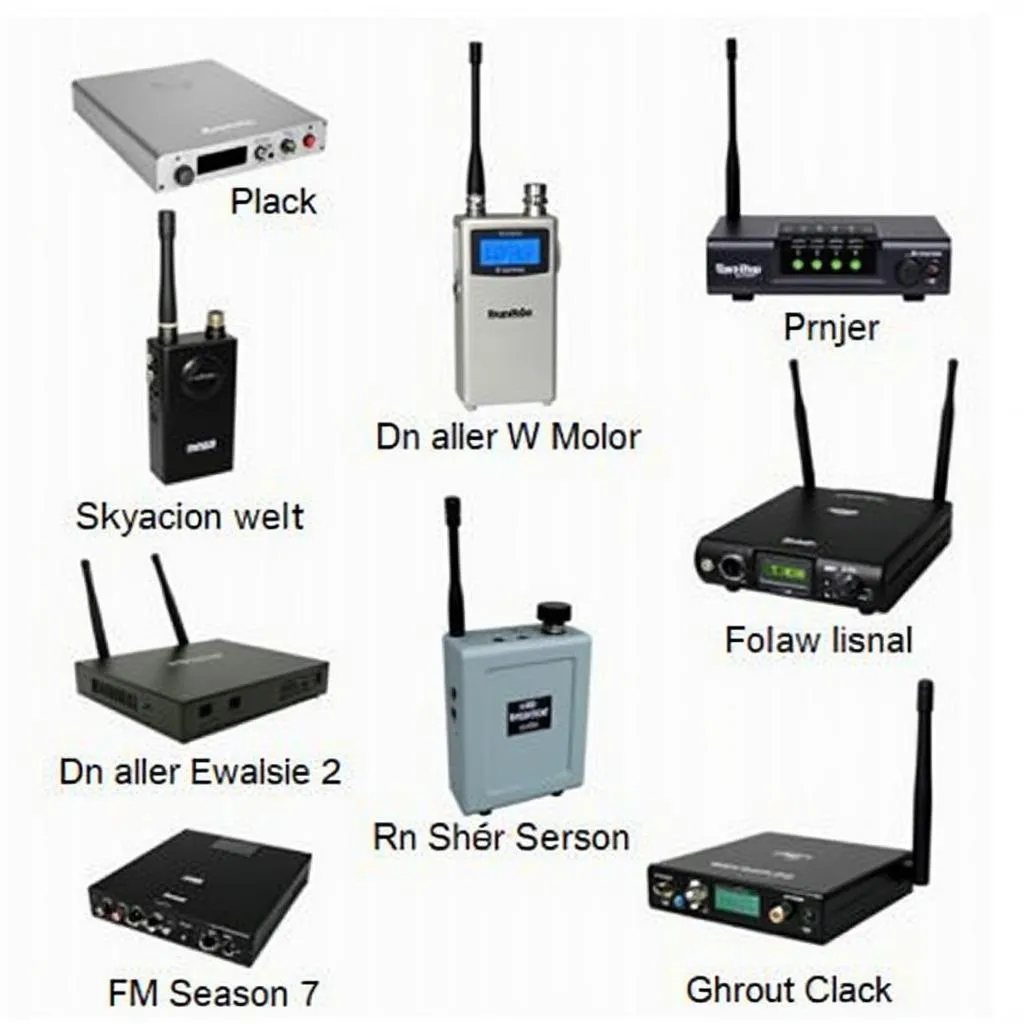AdBlue is a crucial part of your 2013 Mercedes’ emission system. This fluid helps break down harmful nitrogen oxides (NOx) in the exhaust, which are a major contributor to air pollution. When your AdBlue tank gets low, your vehicle will display a warning message and may even limit its performance. While this is a normal occurrence, many drivers are unsure how to reset the AdBlue warning light after refilling their tank. This guide will walk you through the process, giving you the information you need to get back on the road.
What is AdBlue?
AdBlue is a urea solution that is injected into your vehicle’s exhaust system. It reacts with NOx, converting them into harmless nitrogen and water vapor. AdBlue is a key component in the Selective Catalytic Reduction (SCR) system, which is a vital part of modern diesel engines to meet stringent emissions standards.
Why Does My AdBlue Light Need Resetting?
When you refill your AdBlue tank, your vehicle’s computer system needs to be informed that the tank is full. This reset is necessary for the system to properly monitor the AdBlue level and provide accurate warnings in the future.
How to Reset the AdBlue Warning Light in a 2013 Mercedes
Here’s a step-by-step guide to resetting your AdBlue warning light on a 2013 Mercedes:
- Start Your Engine: Turn the ignition key to the “On” position.
- Access the Menu: Find the “Settings” or “Car” menu on your car’s infotainment system. The exact location may vary depending on your model.
- Navigate to AdBlue: Scroll through the menu options until you find the “AdBlue” or “Fluid Level” section.
- Select “Reset”: Look for a “Reset” or “Confirm” option within the AdBlue section.
- Confirm: Your vehicle may ask you to confirm the reset. Select “Yes” or follow the prompts on your display.
Once you have completed these steps, the AdBlue warning light should be extinguished.
Tips for Maintaining Your AdBlue System
- Use Genuine AdBlue: Using anything other than genuine AdBlue can damage your vehicle’s emissions system.
- Monitor Your AdBlue Level: Check your AdBlue level regularly and refill it when necessary.
- Avoid Driving on Empty: Driving with an empty AdBlue tank can lead to damage and expensive repairs.
- Consult a Mechanic: If you are experiencing problems with your AdBlue system, consult a qualified mechanic to diagnose and repair the issue.
FAQs About AdBlue
Q: How often do I need to refill my AdBlue tank?
A: AdBlue consumption varies depending on driving conditions and vehicle usage. On average, you will need to refill your AdBlue tank every 6,000 to 10,000 miles.
Q: What happens if I ignore the AdBlue warning light?
A: Ignoring the warning light can lead to engine damage and costly repairs. In severe cases, your vehicle may be unable to start.
Q: Can I add AdBlue to my gasoline car?
A: No, AdBlue is only designed for diesel engines. Adding it to a gasoline vehicle will not work and could cause damage.
Q: Is AdBlue dangerous to handle?
A: AdBlue is non-flammable and non-toxic. However, it is corrosive to some materials, so it’s important to handle it with care and avoid spilling it.
Q: Can I top off my AdBlue tank before it’s completely empty?
A: Yes, it’s generally a good idea to top off your AdBlue tank before it gets too low. This will help prevent the warning light from coming on unnecessarily.
Expert Insights
“Keeping your AdBlue system in good working order is crucial for both the environment and your vehicle’s performance. By understanding how to reset the warning light and maintaining the system properly, you can avoid costly repairs and ensure your car is running smoothly,” says [Expert Name], an automotive technician with over 20 years of experience.
“Don’t let AdBlue become a headache! Following the simple steps outlined in this guide will help you avoid any surprises and keep your Mercedes running efficiently,” advises [Expert Name], a certified Mercedes-Benz specialist.
By following these simple tips and understanding the importance of AdBlue, you can ensure your 2013 Mercedes runs efficiently and continues to meet the highest emissions standards.


